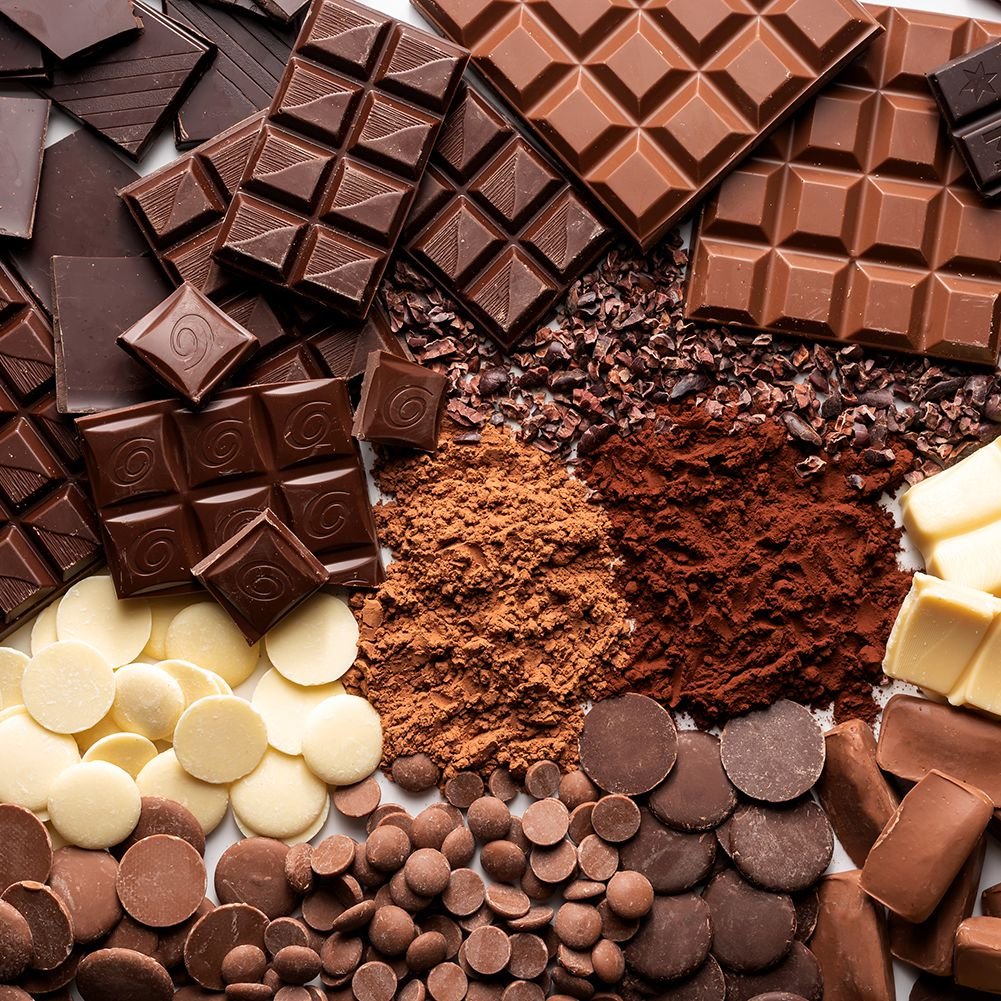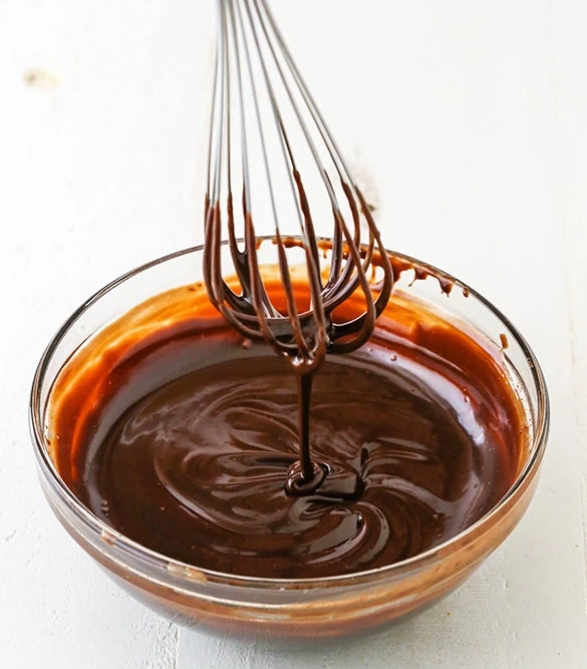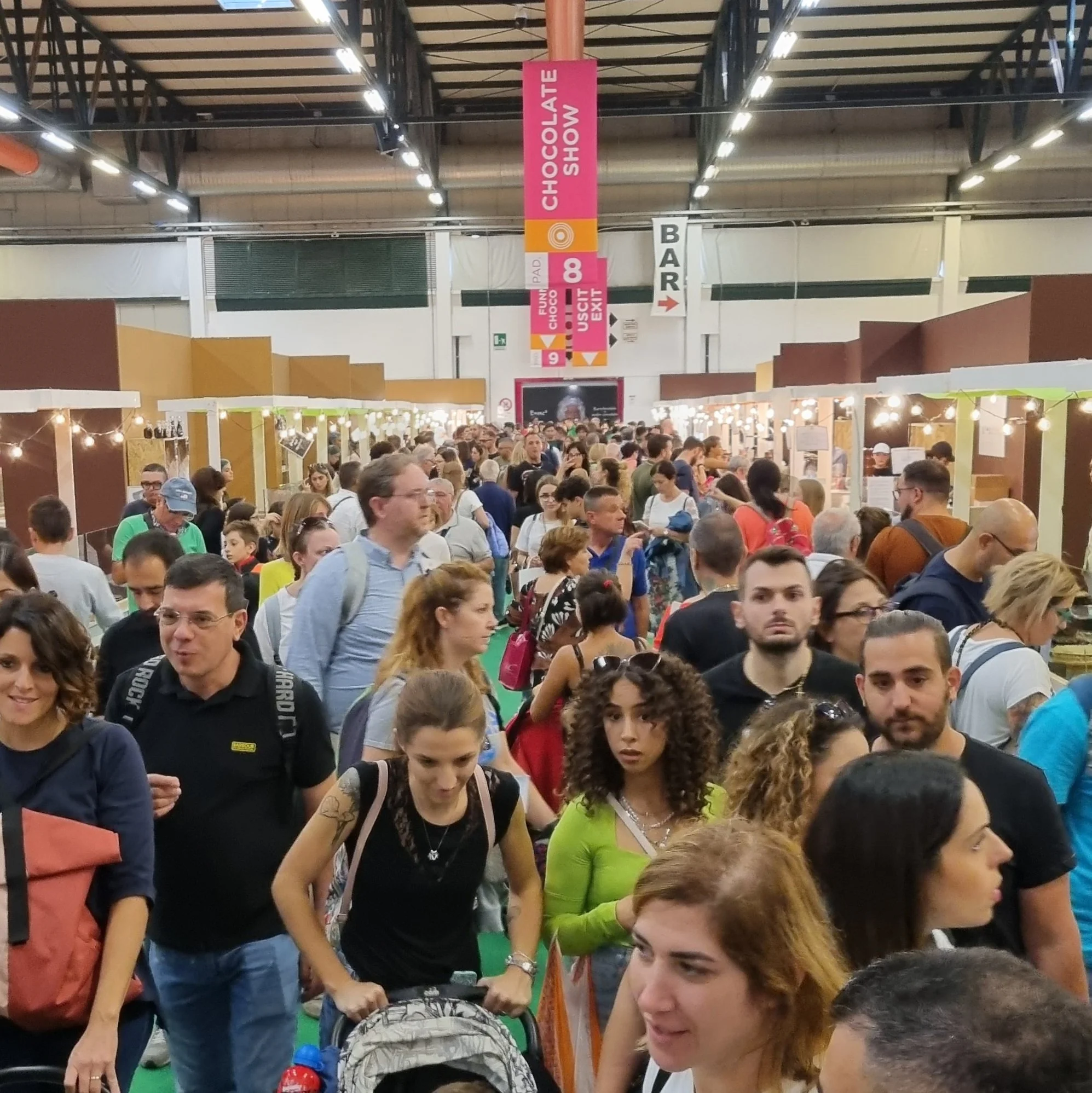Is Belgian Chocolate Worth The Hype?
“The World’s Finest Chocolate” is what Belgium is known for.
Often depicted as the ultimate destination for chocolate lovers, Belgium is home to a wide variety of master chocolatiers, chocolate shops, dedicated chocolate festivals, celebrations and even museums. Thousands of articles exist online that explain why Belgian chocolate is just the best, different from all the rest, and you can’t possibly live a life without it. But is there any substance to the hype? Are there special quality requirements that make Belgian chocolate unique? Why did Belgium even become famous for chocolate in the first place? And are companies justified to sell Belgian chocolate at a premium price?
It's finally time to take a dive deep into the lies behind Belgian chocolate.
Is Belgian chocolate really the best chocolate in the world?
Food magazines have made up the definition of Belgian chocolate for decades with unsubstantiated claims. If you Google “What is Belgian chocolate?”, you will never get an official, definite and widely accepted answer. Why? Because in reality there are no quality standards, production requirements or specific ingredients that define Belgian chocolate. The lack of a convincing definition is evident when the unique characteristics often attributed to Belgian chocolate can be attached to literally any type of chocolate:
“Belgian chocolate is finely ground”
Any chocolate can be finely ground all the way to 15-18 microns to achieve a smooth texture. You only need to buy the right machine, and you don’t ought to be in Belgium or be a Belgian chocolatier to do so.
“Belgian chocolate has a high cocoa content”
First, the cocoa content in a chocolate product isn’t inherently a sign of quality. Dark chocolate can still be made with cheap, bulk and flavorless cacao beans. The cocoa content tells us about quantity (how much cacao), not about quality (what kind of cacao). Second, any chocolate maker can make chocolate with a high cocoa content without needing it to be Belgian chocolate. You can find dark chocolate literally everywhere in the world, so how does this definition make any sense? Lastly, a lot of Belgian chocolate on the market actually has low percentages of cocoa and contains milk. Belgian pralines, truffles, couvertures and flavored chocolate bars are made with different kinds of chocolate, from intensely dark to sweet milk and white. It’s the recipe that calls for a certain kind of chocolate. If we had to follow this criteria, then Belgian chocolatiers should be banned from using milk and white chocolate.
“Belgian chocolate includes only high-quality ingredients”
That’s an easy claim to make when there are no specific criteria to assess that quality. Is it the origin of the raw materials? Unique organoleptic properties? Distinct processing methods? Literally any chocolate company can make that exact same statement. Without proofs to support it, these are just empty marketing buzzwords.
“Belgian chocolate is made with pure 100% cocoa butter”
What does pure cocoa butter mean? It’s either cocoa butter, or it is not. Companies can substitute the expensive cocoa butter with cheaper fillers like vegetable oils and lecithin to keep production costs low, but any company can do this. Not all Belgian chocolatiers use only cocoa butter, and not all non-Belgian chocolatiers use fillers. It depends on the brand.
All the vague, general and meaningless criteria listed above can’t be taken as definitions for Belgian chocolate, because they can be applied to literally any type of chocolate. Moreover, there is no evidence that all Belgian chocolate makers and chocolatiers even follow these criteria. So where is the uniqueness?
The biggest authority on this topic would be the Belgian Chocolate Code, created to protect the high-quality meaning of Belgian chocolates (although it carries no legal weight). But EVEN this code doesn’t mention methods, ingredients, protocols or standards, but it is purely an indication of origin:
“In order to be labeled “Belgian chocolate,” the product’s ingredients must be refined and moulded in Belgium, but the beginning stages could take place in another country. The code calls for the entire process to be completed in Belgium in order for the product to be considered “Belgian chocolate.” In addition, if the chocolate was not entirely produced in Belgium, the product should be labeled “Made with Belgian chocolate” in order to let consumers know that the chocolate is not 100% Belgian.” - Candy Industry
It turns out that THE ONLY THING that defines Belgian chocolate is that it is made in Belgium.
But how can we, as savvy consumers in 2022, still mistake the country of origin for a sure sign of quality? If you wouldn’t dare to say that all wine made in Italy is worth the price, or that all cheese made in France is exquisite, then it makes no sense to glorify Belgian chocolate just because it was made in Belgium. These are old narratives that, especially in our globalized world, shouldn’t exist. “Japanese technology”, “Italian clothing”, or “German cars” are marketing cliches that play on our naivety and ignorance on how intricate supply chains have become nowadays. Do you know that even Italian cheese with a Certification of Protected Origin is made with imported German milk? And that your next Volkswagen will most likely be made in China?
So why is Belgian chocolate, lacking precise criteria for quality, considered so prestigious? Why did Belgium even become famous for chocolate in the first place?
Belgium became famous for chocolate in 1912 thanks to the invention of the praline.
Just like Switzerland, also Belgium became famous for chocolate because of revolutionary inventions that took place in the country. In 1912, Belgian chocolatier Jean Neuhaus invented the chocolate praline: a bonbon with a thin, hard chocolate exterior that with one bite would crack open and reveal a soft filling.
For the first time in history, chocolate could be filled with a variety of flavored nougats or creams, such as coffee, hazelnut, fruit or even more chocolate. This invention had a domino effect, inspiring all the other chocolatiers in the country to recreate the praline and get creative with its filling. Belgium officially entered the international chocolate wall of fame. However, pralines can now be found all over the world and aren’t limited to Belgium anymore. Pralines have now become more of a technique than a special creation, and do not imply the use of quality ingredients anyway.
Nowadays other factors contribute to Belgium’s chocolate fame. Belgium is house to Callebaut and Belcolade, some of the largest chocolate manufacturers in the world that every year sponsor thousands of pastry schools and dessert professionals. Many famous chocolate brands are also Belgian: Godiva, Neuhaus and Leonidas are just some of the chocolatiers known for their luxury retail stores. Once small chocolate laboratories that used artisan methods, these names have become franchises with hundreds of stores spread across the globe where all craftsmanship has been lost.
Then there are chocolate museums like the Brussels Museum of Cocoa and Chocolate and The Belgian Chocolate Village, festivals like the Salon du Chocolat in Brussels and many organized chocolate tours all over the country.
All these elements combined have contributed to the reputation of Belgium as the capital of chocolate. Unfortunately none of them, from the invention of the praline to the several chocolate museums, establish quality standards or requirements for the chocolate produced, nor justify the supposed superiority of Belgian chocolate compared to chocolate made in other countries.
So is Belgian chocolate worth the hype?
The answer is NO, because:
there is no quality standard for Belgian chocolate;
Belgian chocolate guarantees “Made in Belgium”, but “Made in Belgium” doesn’t guarantee quality;
the fact that Belgium became famous for a chocolate invention has no correspondence to the quality of Belgian chocolate 110 years later.
If Belgium was once home to unique creations, it’s now been a long time since those same creations were made available all over the world. It only takes a little bit of research, together with some common sense, to understand that there is no solid evidence to justify the glorification of Belgian chocolate. There are no official quality standards nor specific production methods that allow consumers to even differentiate Belgian Chocolate from chocolate made anywhere else. Companies have no valid reasons to charge a premium price for Belgian chocolate without providing further proofs of quality (like it would be necessary for any other kind of chocolate).
In 2022, the only thing that identifies Belgian chocolate is its location, and this comes with no additional attributes. Ingredients could be cheap, texture could be gritty, unethical practices and industrial methods could be put into place, and the chocolate would still be labelled as Belgian Chocolate, carrying a rather unjustified prestige. Belgian chocolate is no better, nor worse, than Peruvian chocolate, Japanese chocolate, Indian chocolate, Australian chocolate or chocolate from any other country. Every brand should be assessed on its own regardless of its location in the world.
It’s not the 19th century anymore, and great chocolate is being made all over the world. To assess the quality of a chocolate product, the country where it was made is irrelevant. These are old chocolate cliches that should leave space to more critical thinking, sensory education and objective assessments.
What do you think of Belgian Chocolate?













